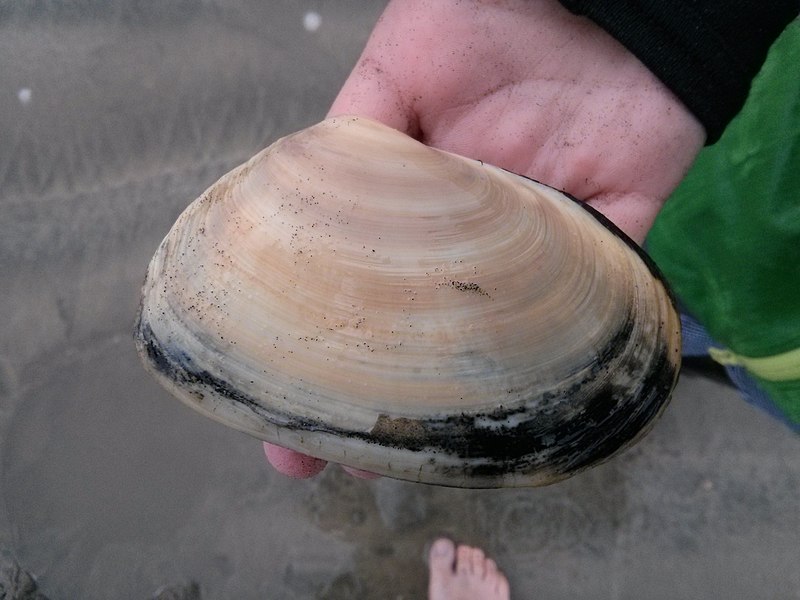Attachments
Note: Not all attachments are visible to the general public. Research URLs will go live after the embargo ends.

Journal/
conference: Journal of Invertebrate Pathology
conference: Journal of Invertebrate Pathology
Research:Paper
Organisation/s:
University of Waikato
Funder:
This research was generously supported by the New Zealand Marine Science Society Student Research Grant and Royal Society Te Apārangi Hutton Fund. M. Bennion was supported by the University of Waikato Doctoral Scholarship.



 New Zealand
New Zealand


